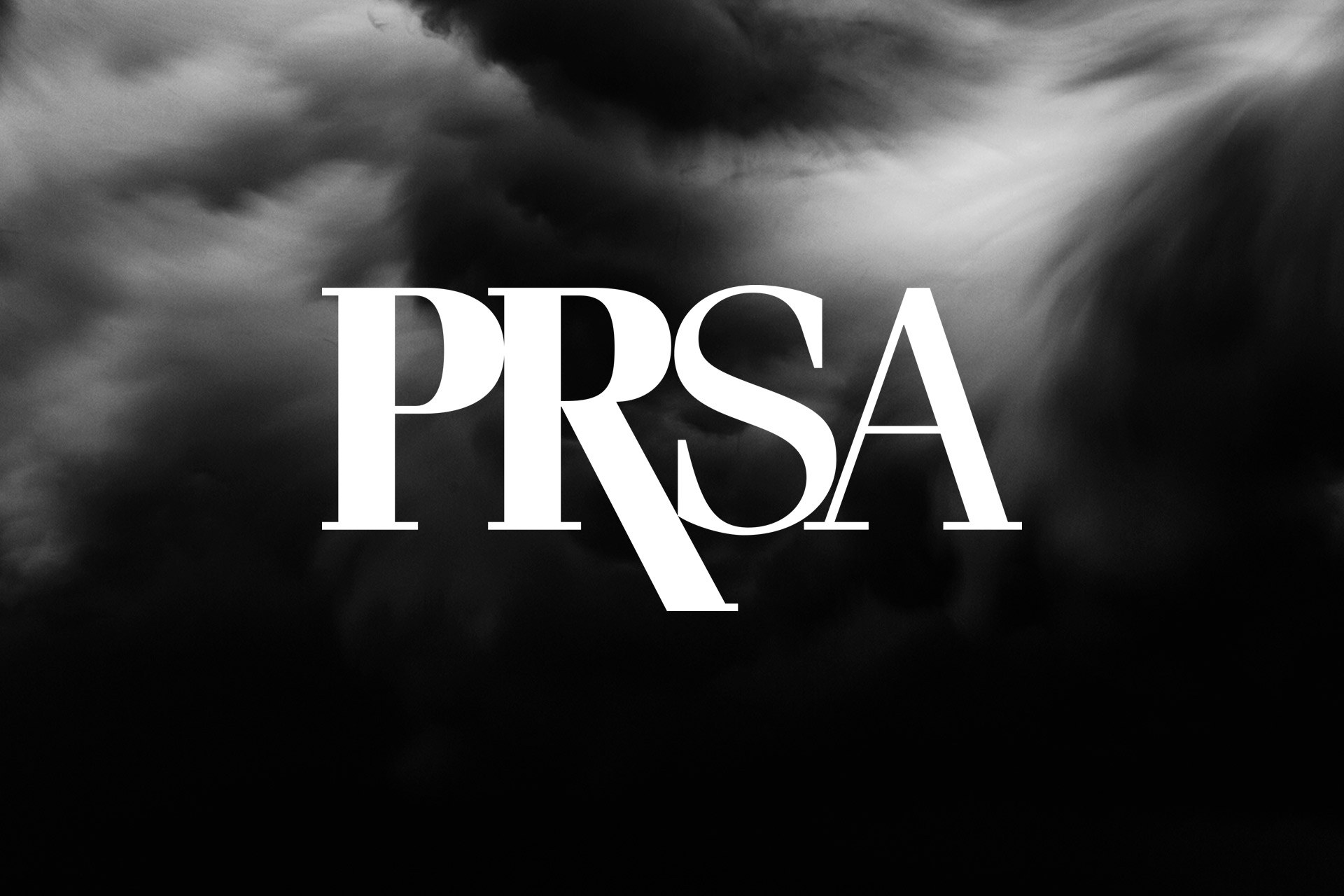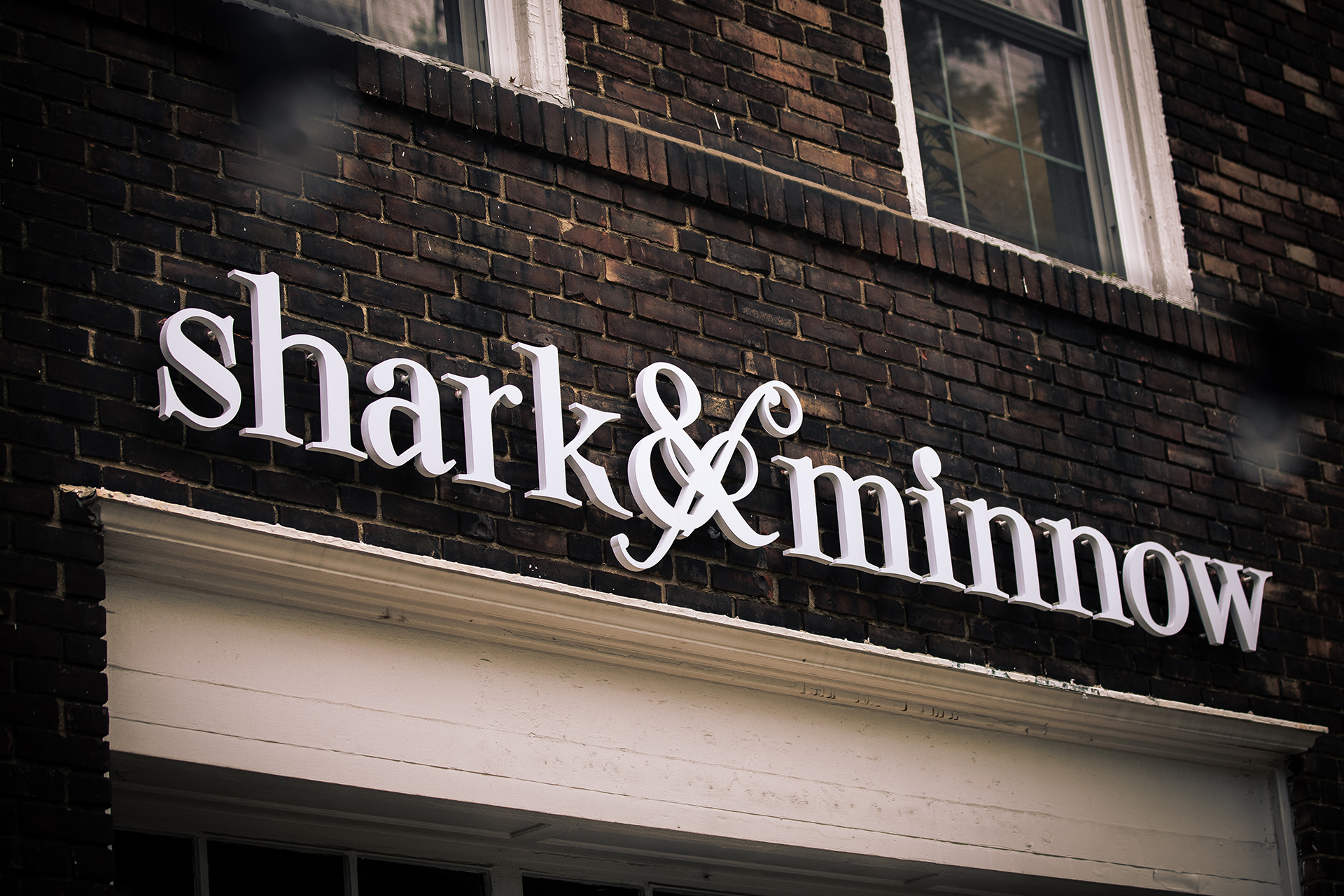Open Source: The Model Is About Branding
The traditional business model for companies is to create a product and/or provide a service to customers in order to receive payment and hopefully exceed operational costs to generate a profit. However, what happens when you are not creating a product or service, but instead ideas? How do you make a profit? How can you differentiate yourself from the competition when your product is perceived as a commodity? This is a common dilemma for companies that engage in Open Source design, development or distribution. As defined by the Open Source Initiative, open source is “a development method for software that harnesses the power of distributed peer review and transparency of process. The promise of open source is better quality, higher reliability, more flexibility, lower cost, and an end to predatory vendor lock-in.” The benefits for open source are compelling and the idea of creating a community of the brightest minds to create something new is inspiring. This idea of sharing your creative wealth to accomplish great things is something the Creative Commons embraces.
The inherent drama of open source is that it’s the collaboration of peers orchestrated in transparent manner, so competitors can easily observe all of your ideas and replicate. Most economists would argue that open source is not a sustainable business model; there are no tangible “widgets” or returns.
There are also skeptics within in the open source community that claim the open source business model is broken because value is in the collaboration, not in open source itself. However, the true return comes in an intangible form – your brand.
Case Study: Open Source Hardware
In a Wired article titled “Build It. Share It. Profit. Can Open Source Hardware Work?” Clive Thompson writes about a computer hardware company called Arduino. All of their schematics, design files and software for the Arduino board are open source, so anyone can download them to use or modify and manufacture their own boards – and even sell if they want. Arduino’s open source hardware has been used in everything from DIY MP3 players to mobile phone charges to humidity/temperature monitors for art museums. If Arduino utilizes an open source business model in which they essentially give intellectual property away, how do they make a profit? This is where I find this case study very interesting; it’s all about the brand. As Thompson explains, there are two economic models for open source:
- Do not sell your product (i.e. hardware or software), but instead sell your expertise as the inventor
- Sell your product, but try to keep ahead of the competition
The Arduino team doesn’t receive a profit when they actually develop boards; it’s usually rolled back into the next production cycle. However, they do receive a “profit” when they act as consultants to companies using their open source hardware. Since the hardware is open source, the open source community collaborates to improve the hardware, so they essentially have free labor. And because Arduino is the creator of this hardware, they are at the epicenter of the community and learn about advancements before anyone, so they are the first one to the fight every time.
To analyze Arduino from a business model perspective, expertise is the service provided to customers. Further, operational costs are minimal, so a profitable return is likely. However, while their competitive advantages are notable, the differentiating factor is their brand – a value proposition providing dependability as a benefit to customers. This is due to their success and expertise as pioneers and leaders in the open source hardware community.
Case Study: Open Source Desktop Operating Systems
Open source technology is most notable in desktop and mobile operating systems, specifically Linux and Google Android respectively. Linux is a free Unix-type operating system originally created by Linus Torvalds with the assistance of the open source community. Developed under the GNU General Public License, the source code for Linux is freely available to everyone. Around the world, Linux has great brand recognition with developers, however little to none with consumers. This is likely due to the fact that Linux is used primarily in servers and computer hardware, which is not typically consumer facing. Also, historically the use of Linux in desktop and laptop computers has been quite low. Further, due to the lack of a strategic marketing plan, consumers are not aware of the Linux brand. However, due to the recent Ubuntu distribution and emergence and popularity of netbooks, the market share of Linux is growing. Currently, the market share for desktop operating systems is as follows:
- Microsoft Windows: 87.90%
- MAC: 9.73%
- Linux: 1.02%
- Apple iPhone: 0.55%
- Apple iPod Touch: 0.15%
- Java ME: 0.07%
- Other: 0.32%
Ubuntu is leveraging the Linux brand and open source technology to create its own product (operating system) and brand (Ubuntu). This is somewhat similar to the co-branding efforts of Intel with many PC brands, but without the licensing fees. While Linux is gaining brand awareness due to the Ubuntu distribution, it is not actively promoting its own brand. Linux is taking an open source approach to branding itself – allowing other brands to help define its brand identity and image. I’m curious to see how this will affect the brand in the future. I would hypothesize that it will only augment the brand’s image and further the popularity of open source. Currently, Linux is not following either of the two economic models presented earlier, however I wouldn’t be surprised to see Linux start selling its expertise more as its market share continues to grow.
Case Study: Open Source Mobile Operating Systems
When Google’s Android mobile operating system was released, specifically in the T-Mobile G1, many thought that this would be a strong competitive force against the Apple iPhone. However, this is an example of an open source initiative that resulted in negative outcomes and poor branding. According to a ReadWriteWeb article titled “Android Vulnerability So Dangerous, Owners Warned Not to Use Phone’s Web Browser,” written by Sarah Perez, in February 2009 a security researcher presented a new vulnerability in Google’s Android mobile OS that allowed hackers to remotely take control of the phone’s web browser and related processes. Hackers could gain access to saved credentials in the browser and browser history. It was recommended that Android users “avoid using the browser until a patch is released. If this is not possible, only visit trusted sites and only over the T-Mobile network (avoid WiFi). This issue with security was the main reason I took the G1 and all smartphones with the Android OS off my consideration list. This infiltration damaged the Google Android brand. This can be a problem with any open source technology because many people have access to the source code. However, this really isn’t any different than a hacker can reverse engineering any product to bypass security – it’s just that open source makes it more convenient. Either way, security systems must be built in to restrict vulnerability. Then Google experienced a problem with branding. According to a TechCrunch article titled “Should Google Be Paranoid About Losing The Android Name?” written by MG Siegler, a person applied for and was granted a trademark to the Android name back in 2002. Google tried to trademark the name in 2007 after the Android campaign, however it was rejected. Google tried again but was repeatedly denied and its trademark application was suspended. So any equity that Google may have built with the Android brand may be gone because they will need to completely rebrand their open source mobile operating system. Which may work to their advantage, so that they can redefine the brand and move on from all the security problems. Hopefully, Google Android will redeem the brand with the new Samsung Android smartphone out later this year and with the enhancements to the G1.
Case Study: Open Source Web Browsers
Mozilla was the first open source initiative that I ever heard about. The Mozilla Foundation began in 1998 to “create world-class open source software” and they did just that. They supported the open source community by embracing the pillars of open source: Openness, Innovation and Participation. Then in 2002, Mozilla released their first web browser, Mozilla 1.1. However, at this time Microsoft Internet Explorer had over 90% of the market share for internet browsers. Mozilla had their work cut out for them. However, in 2003, Mozilla created Firefox a world-class tool to experience the internet and began to experience tremendous growth.
The tipping point, however, was their grassroots approach to branding. Similar to the manner in which Firefox was created, Mozilla turned the marketing and advertising efforts over to its supporters by launching a campaign called “Spread Firefox.” This website became the community hall for the discussion of marketing and advertising strategies. Among many things, supporters were encouraged to place “Get Firefox” buttons on their websites and blogs to help promote Firefox. Each participant would be rewarded referrer points as an incentive to be included among the top 250 referrers, a list that would be featured on the Spread Firefox website. Mozilla’s community marketing guide includes categories such as:
- Organizing and Attending Events
- Public Speaking
- Blogging, Tagging and Social Networking
- Advertising Mozilla
- Making T-Shirts and Other Items
- Guerrilla Marketing Activities
- Collecting Testimonials
- Distributing Software
- Promoting the Mozilla Mission
- Collecting Press Clippings
- Speaking to the Press
- Requesting Sponsorship for a Project
- Reporting Disreputable Behavior
The last category is very interesting, not only did Mozilla ask supports to help promote the product, but also police online activity and warn Mozilla of harmful behavior to their reputation. Even while Mozilla embraced the pillars of open source (openness, innovation and participation), they managed to control the message as well. From a branding perspective, this is something Mozilla has been relentless at. The name “Mozilla Firefox” is a registered trademark and along with the official Firefox logo, it may only be used when specific terms and conditions are followed. While the code for the Firefox browser is open source, there are usage restrictions placed on the code. If derivative works from the code are created, the browser must be rebranded – the new browser cannot leverage the brand name or logo. The strategic rationale is that Mozilla wants to guarantee a consistent user experience for anyone using the Mozilla Firefox web browser. This is something every brand hopes for. There has been some controversy over this, however this is also the reason why Mozilla Firefox has been so successful. Currently, Firefox is the #2 web browser on the market, with market share just over 20%. Below is the current market share for web browsers:
- Microsoft Internet Explorer: 66.10%
- Mozilla Firefox: 22.48%
- Apple Safari: 8.21%
- Google Chrome: 1.42%
- Opera: 0.68%
- Other: 1.11%
This isn’t bad for a non-profit organization, especially when its competition is Microsoft, Apple and Google. A true branding effort that produced results. Mozilla even holds a Guinness World Record for the most software downloaded in 24 hours. To analyze Mozilla from a non-profit business model perspective, they are fulfilling their mission statement: To make the internet better for everyone by embracing openness, innovation and opportunity.
Case Study: Open Source Politics
President Barack Obama’s election campaign was seamless, engaging and effective. And he now continues this sound strategy during his presidency. At 12:01 p.m. on Tuesday, January 20th, just one minute after Barack Obama became the 44th President of the United States, www.whitehouse.gov was rebranded and the first entry to the White House blog was created: “Change has come to WhiteHouse.gov”
Macon Phillips, the Director of New Media for the White House, explained that like our new government, WhiteHouse.gov and the rest of the Administration’s online programs will put citizens first. And that the initial new media efforts would center around three priorities:
- Communication
- Transparency
- Participation
It’s interesting to note, that these three priorities reflect the philosophical pillars of open source and Creative Commons. Further, at the time I am writing these words, it’s exactly 100 days after President Obama was sworn in. So it seems to be the perfect time to evaluate these priorities.
- Communication: Constant communication via an array of channels – the Administration has reached out to citizens online, TV, press, etc.
- Transparency: The activity on WhiteHouse.gov alone showcases the level of transparency. However, an interesting example of transparency is the creation of Recovery.gov, which was built on the Drupal platform – an open source platform with a reputation of innovation, stability and malleability. Further, the use of open source is significant because security is an obvious concern for the government. Lastly, due to the community surrounding this open source platform, as developers improve functionality, everyone will benefit.
- Participation: President Obama engaged with America and asked them to participate in their government with an initiative called “Open For Questions.” Obama asked people to participate in the community-moderated online town hall by submitting questions about the economy utilizing similar voting functionality as Digg.com
Obama’s brand was clearly defined before he became President, however on the day he entered the oval office not only did he rebrand WhiteHouse.gov, but he also rebranded what it meant to be President of United States of America. President Obama set the precedent for all future presidents: A transparent process that engages American citizens. And once you start the conversation, you cannot leave it. Future Presidents will be expected to work in a similar manner. Lastly, as the Administration integrates more technology (i.e. open source development) the methods and levels of engagement will advance and deepen respectively. Citizens will take an active role in government and expect that their involvement will make a difference. Similar to President Franklin D. Roosevelt and his fireside chats, Obama changed the way the President communicates with Americans. Whether you support Obama or not, the brand Obama has established thus far, is the differentiating factor between him and other presidents – Optimisim, Change, Transperancy and Community. It’s also essential that you live up to your brand promises, otherwise your brand image will deteriorate. So, there is still a lot of work to be done. My only issue with the presidency campaign thus far are the multiple number of websites: WhiteHouse.gov, Recovery.gov, HealthCare.gov (previously HealthReform.gov), FinancialStability.gov, etc. Multiple destinations for the User can become confusing.














